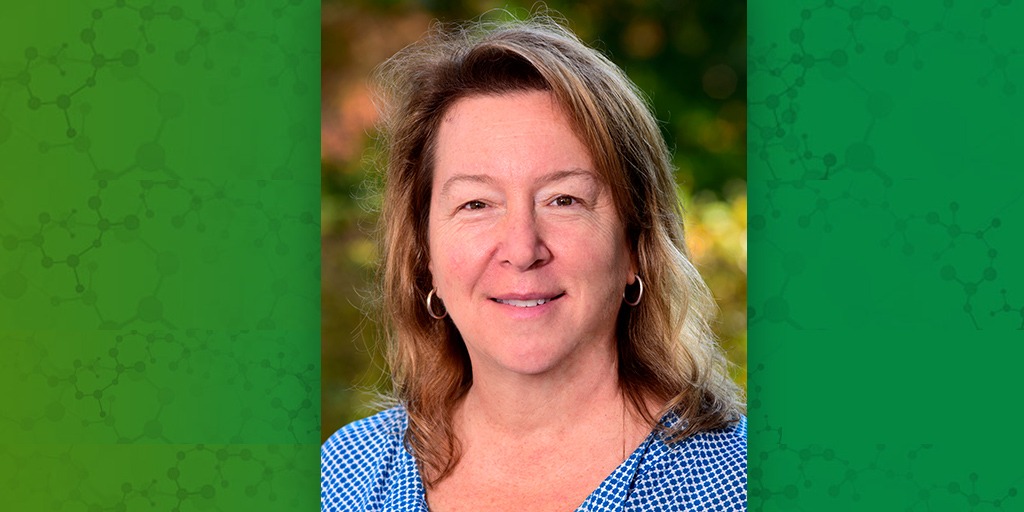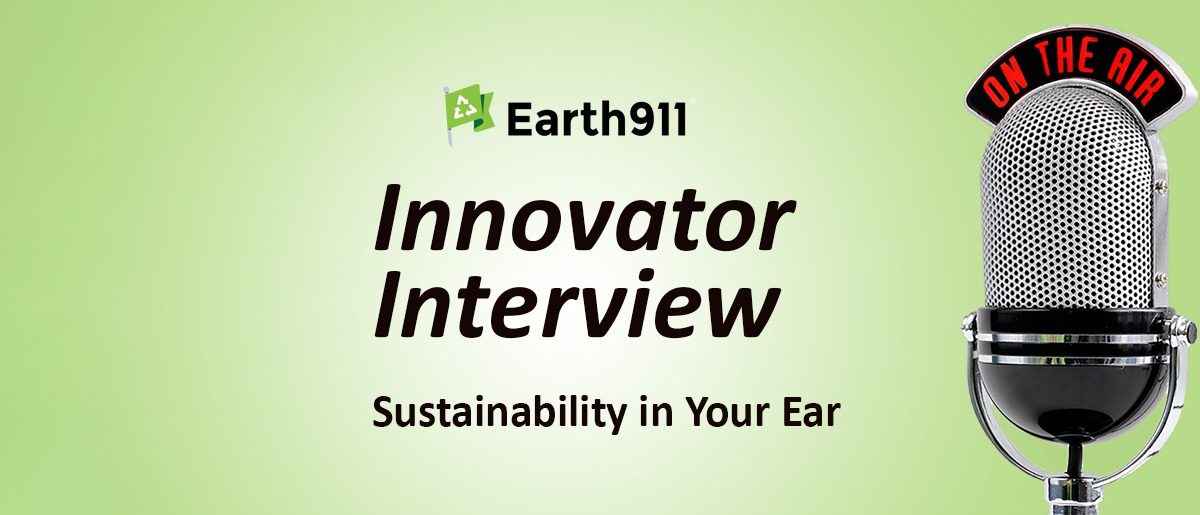Very few studies report the amount of per- and polyfluoroalkyl substances (PFAS) in the breast milk of women, according to new research spearheaded by Suzanne Fenton, Ph.D., from the NIEHS Division of the National Toxicology Program (DNTP). Her study — published Feb. 23 in Environmental Health Perspectives (EHP) — discusses why more data and research are needed.
PFAS are a large family of manmade chemicals with a variety of industrial and commercial uses, such as nonstick cookware, food packaging, stain-resistant clothing, firefighting foam, electrical wiring, and some personal care products. The substances, which are common drinking water contaminants, remain in the environment for months to years and are associated with adverse health outcomes in humans and in animal studies.
Fenton and a team of researchers in the United States and Canada conducted a literature search and discovered that only three papers reported measured concentrations of PFAS in breast milk in U.S. women. They found just one paper reporting on such concentrations in Canadian women. Although national biomonitoring studies have measured PFAS and other chemicals in serum and urine for decades, little is known about PFAS concentrations in breast milk.
Estimating PFAS concentrations in breast milk
The research team compiled available serum or plasma data on four PFAS from women aged 18-44 years in a U.S. national survey, a national Canadian survey, the New York Department of Health, and the Agency for Toxic Substances and Disease Registry (ATSDR) PFAS Exposure Assessments. With additional information from international studies, they estimated breast milk concentrations in communities with known PFAS drinking water contamination.
Because there is no guidance on PFAS concentrations that may be harmful in breast milk, the team compared the measured and estimated breast milk levels to PFAS drinking water screening values for children, developed by ATSDR.
Concentrations of perfluorooctanoic acid (PFOA) and perfluorooctanesulfonic acid (PFOS) exceeded the drinking water screening values, sometimes by more than two orders of magnitude. Estimated levels of the other two PFAS the researchers evaluated, perfluorohexane sulfonate and perfluorononanoic acid, were close to or exceeded the screening values.
The EHP paper reminds readers of the many benefits of breastfeeding for the mother and infant. Both the paper and an Invited Perspective by Gloria Post, Ph.D., research scientist with the New Jersey Department of Environmental Protection, draw attention to the need for more breast milk monitoring data.
“We want to be sure that women and their health care providers have the information they need to make important decisions,” said Fenton. To address research gaps, Fenton and other study authors have started working together on new studies to measure concentrations of a wide range of PFAS in breast milk, in collaboration with researchers at the Université de Montréal.
Impacted communities want more information
The impetus for the study came from families raising their children in communities impacted by PFAS contamination. Families who live close to industries contaminating water systems with PFAS or who reside near airports, military bases, wastewater treatment plants, and landfills are particularly interested in understanding how the chemicals may affect the health of mothers and infants.
A series of workshops by the National Academies of Sciences, Engineering, and Medicine (NASEM) may help guide health care providers in advising community members about the substances. NIEHS and ATSDR are supporting efforts by NASEM related to Guidance on PFAS Testing and Health Outcomes. The goal is to examine health effects and sources of exposure to inform potential changes to PFAS clinical guidance. Findings are expected out this summer.
Citations:
LaKind JS, Verner MA, Rogers RD, Goeden H, Naiman DQ, Marchitti SA, Lehmann GM, Hines EP, Fenton SE. 2022. Current breast milk PFAS levels in the United States and Canada: After all this time, why don’t we know more? Environ Health Perspect 130(2):25002.
Post GB. 2022. Invited Perspective: Current breast milk PFAS levels in the United States and Canada indicate need for additional monitoring and actions to reduce maternal exposures. Environ Health Perspect 130(2):21301.
(Robin Mackar is a writer and media relations coordinator in the NIEHS Office of Communications and Public Liaison.)
Source link
factor.niehs.nih.gov


